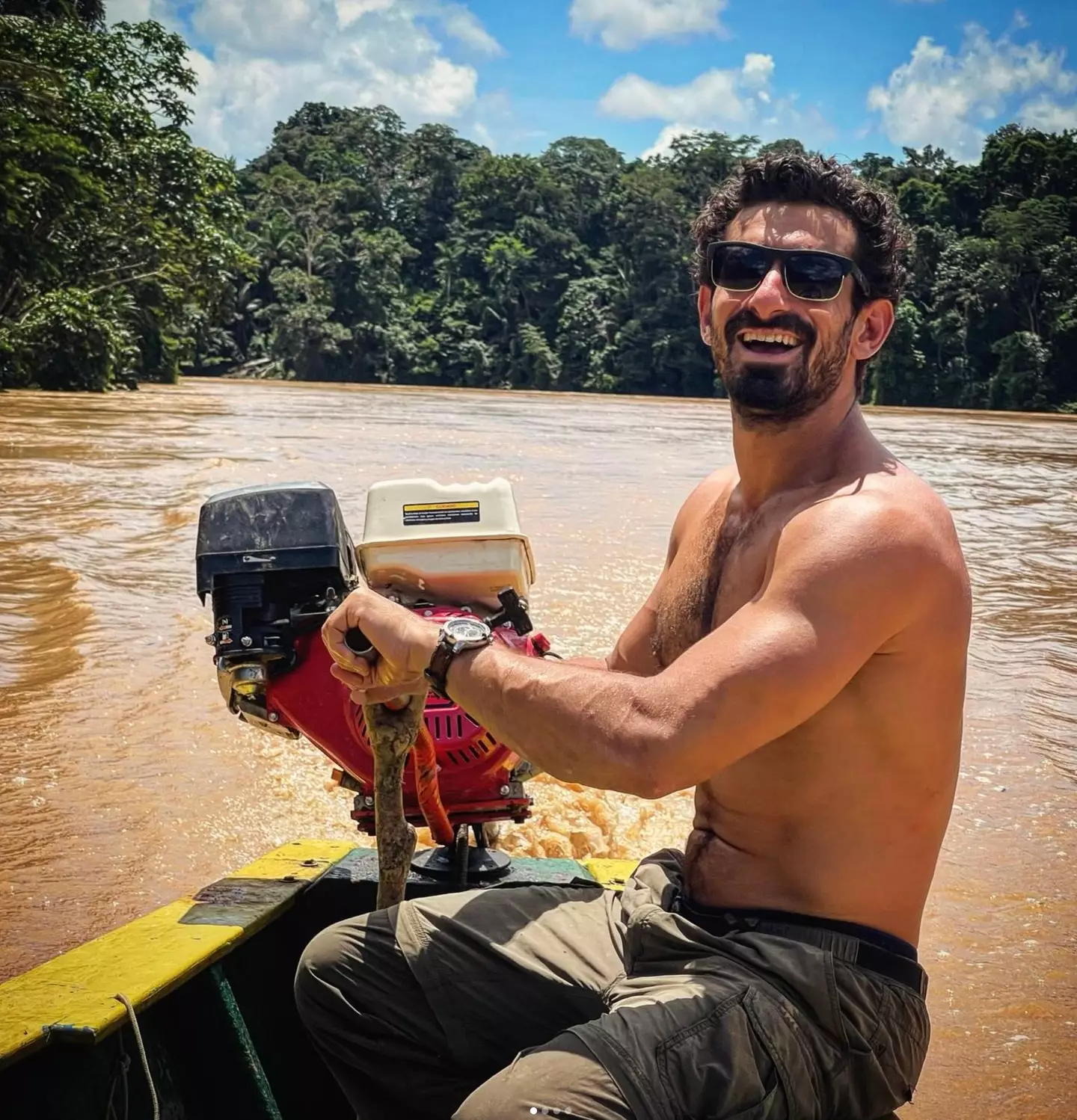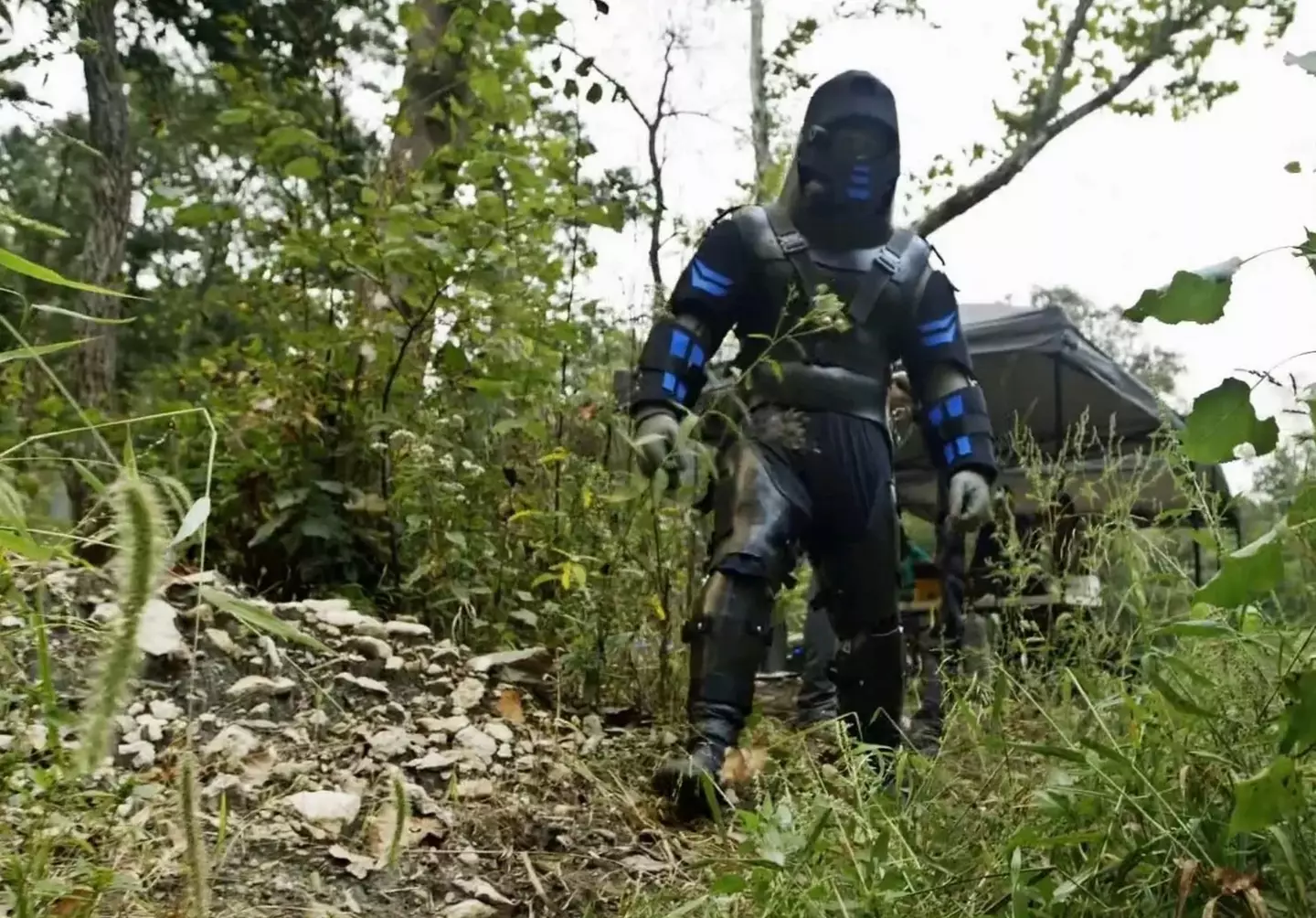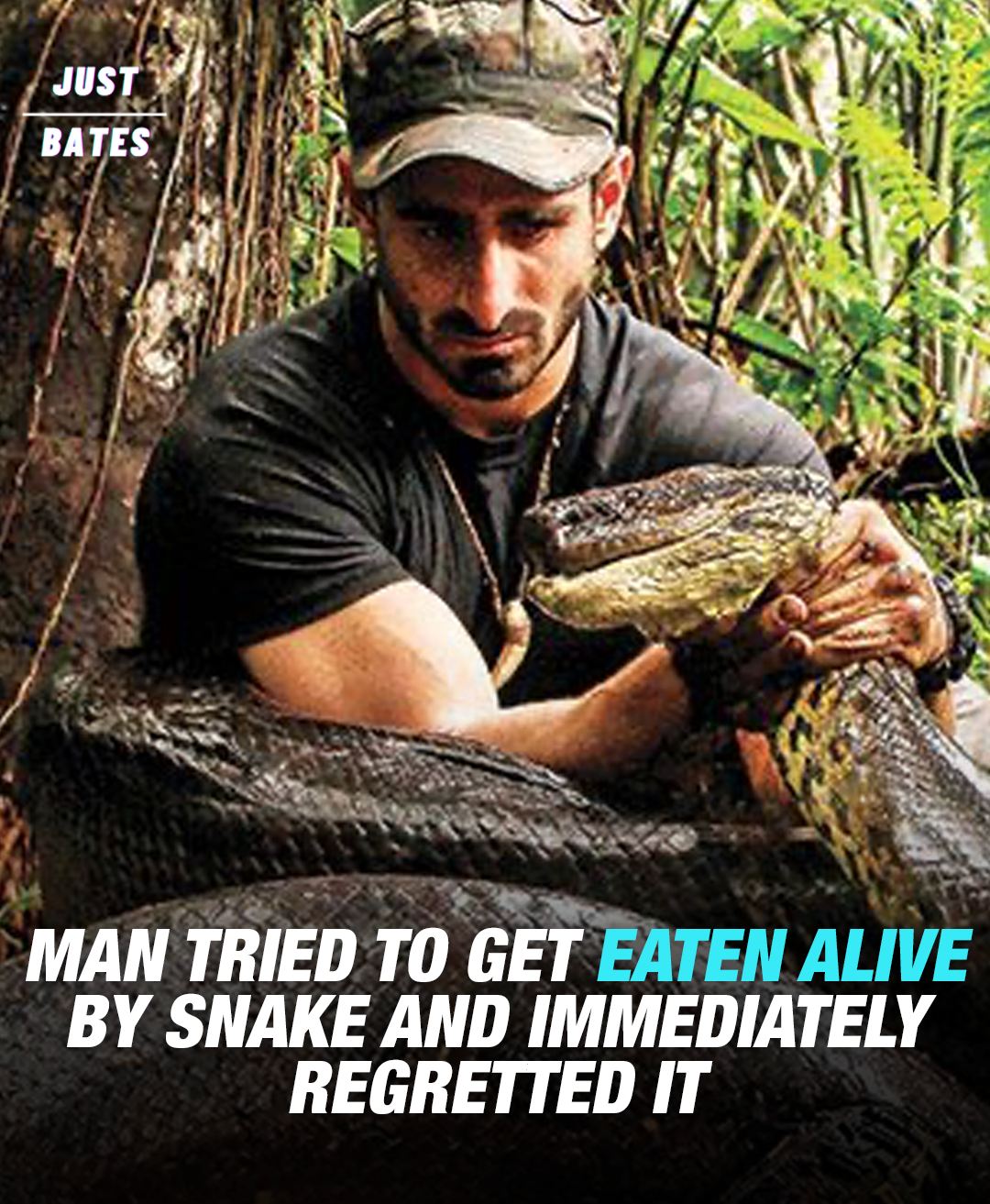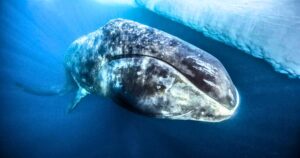Introduction
In an extreme and controversial attempt to raise awareness about Amazon conservation, explorer Paul Rosolie made headlines by trying to get eaten alive by an anaconda. While protected by a high-tech suit, Rosolie immediately regretted the experience once the snake began to constrict him. The stunt, aired in a Discovery Channel special, drew worldwide attention—and fierce debate—about wildlife ethics, conservation awareness, and the risks people take for a cause.
This bold act may sound like a publicity stunt, but Rosolie’s mission touches on much deeper issues: the rapid destruction of biodiversity, the emotional toll on conservationists, and how far we must go to get people to care. Alongside conservation, this event also raises questions about safety, legal permissions, and technological reliance—where insurance, claims, attorney oversight, and recovery planning intersect with environmental activism.

The Mission: Why Paul Rosolie Tried to Get Eaten by an Anaconda
Paul Rosolie is no ordinary thrill-seeker. A lifelong conservationist and author, Rosolie has spent years working in the Amazon rainforest, documenting wildlife and fighting to protect endangered ecosystems. But after watching entire swaths of the rainforest destroyed, he grew frustrated with the lack of global attention.
“I wanted to do something that was going to grab people’s attention,” Rosolie told Today.
“People have tried everything else.”
That “something” became one of the most extreme acts of advocacy in modern conservation history—he would offer himself to an anaconda.
The Setup: How the Experiment Was Engineered
This wasn’t a death wish—it was a highly controlled (but incredibly dangerous) mission. Rosolie wore a custom-made carbon fiber suit, engineered to withstand the immense crushing force of a green anaconda—one of the largest and strongest snakes on Earth. The suit included:
-
Reinforced compression protection
-
An internal oxygen supply
-
Body cameras to capture every moment
-
Vital sign monitoring software tracked by his safety team
Despite all precautions, the experiment was still harrowing.
 To man donned a custom-made, carbon fiber suit designed to withstand the immense pressure of the snake’s constricting coils. Credit: Discovery Channel
To man donned a custom-made, carbon fiber suit designed to withstand the immense pressure of the snake’s constricting coils. Credit: Discovery Channel
The Encounter
As Rosolie provoked the anaconda, the massive reptile lunged and wrapped itself around him with full force. His breathing became labored, and his arms were pinned. Though the suit protected him physically, the psychological stress and intense discomfort set in fast.
“She’s got my arms pinned. She knows there’s nothing I can do,” Rosolie said during the ordeal.
After a short time under constriction, his team intervened and safely extracted him from the snake’s grasp.
The Aftermath: Regret, Relief, and Global Conversation
Rosolie admitted he felt instant regret once the snake began to crush him. While he wasn’t seriously injured, the emotional and physical pressure made the danger real—and unforgettable.
Despite his regret, Rosolie succeeded in starting a global conversation about deforestation, endangered species, and what it means to truly care for our planet.
Ethics, Wildlife, and Public Backlash
Not everyone was impressed. Many critics, including animal rights advocates and scientists, questioned the ethics of the stunt:
-
Was the anaconda harmed or stressed?
-
Did it send the wrong message about how to treat wildlife?
-
Was it necessary to risk life to make a point?
Rosolie maintains that the snake was unharmed, and his team took every precaution. Still, debates continue—especially in scientific and legal communities where attorneys, lawyers, and animal rights organizations operate.
The Role of Technology in Modern Conservation
Rosolie’s experiment wouldn’t have been possible without advanced software, monitoring systems, and specialized materials. In many ways, his project represents the intersection of technology and environmentalism.
Today, conservation efforts benefit from:
-
AI-powered satellite imaging to detect deforestation
-
Drone surveillance over protected areas
-
Real-time data transfer for fire alerts
-
Blockchain-backed donation systems to fund remote wildlife recovery projects
-
Legal claims and mortgage transfer systems used to secure land for preservation
Middle Read More:
-
Full Story: Man loses 360 pounds naturally – Internet rallies to support his next step
-
Full Story: Tammy Hembrow’s bikini photos are stirring controversy – here’s why everyone’s talking
How Far Is Too Far?
Rosolie’s act raised awareness, but it also raised a critical question for future conservation efforts: how far should people go to make a point? In a world where social media thrives on shock, does spectacle dilute the message?
This dilemma is particularly relevant in today’s high-stakes world of:
-
Environmental law, where expert attorneys fight legal battles to protect biodiversity
-
Climate-related insurance claims and liability when deforestation causes flooding or habitat loss
-
Activist-led donate campaigns to fund protective projects in threatened ecosystems
-
Public education via online classes and degrees in conservation, ethics, and biology
-
The Impact on Conservation Funding and Policy
Rosolie’s campaign did lead to more people learning about the Amazon, and even inspired donations, documentaries, and education initiatives. Many environmental organizations saw a spike in support after the broadcast.
His work has since expanded to include:
-
Rehabilitation and treatment programs for injured wildlife
-
Anti-poaching campaigns
-
Legal support for rainforest landowners to secure their mortgages and prevent corporate seizure
-
Partnerships with hosting services to run secure fundraising websites
-
Public call trading and forums to discuss eco-policies
Bottom Read More:
-
Full Story: The hidden meaning behind Princess Diana’s Cannes gown
-
Full Story: Science confirms Kelly Brook’s ‘perfect body’—the real message is bigger than beauty
Final Thoughts: A Stunt or a Statement?
Paul Rosolie’s anaconda stunt may seem reckless, but his mission was born of desperation—to jolt the world awake before it’s too late. Whether you see him as a hero or a showman, his story forced us to reckon with an uncomfortable truth: sometimes it takes extreme actions to shake the world into caring.
If we want lasting change, it won’t come from shock alone. It comes from sustained effort—donations, legal battles, recovery, tech-driven solutions, and, most importantly, education.
Whether through rehab, protection of natural assets, or responsible claim management in environmental law, every effort counts. Let Rosolie’s risk remind us: awareness is only the first step—action must follow.



